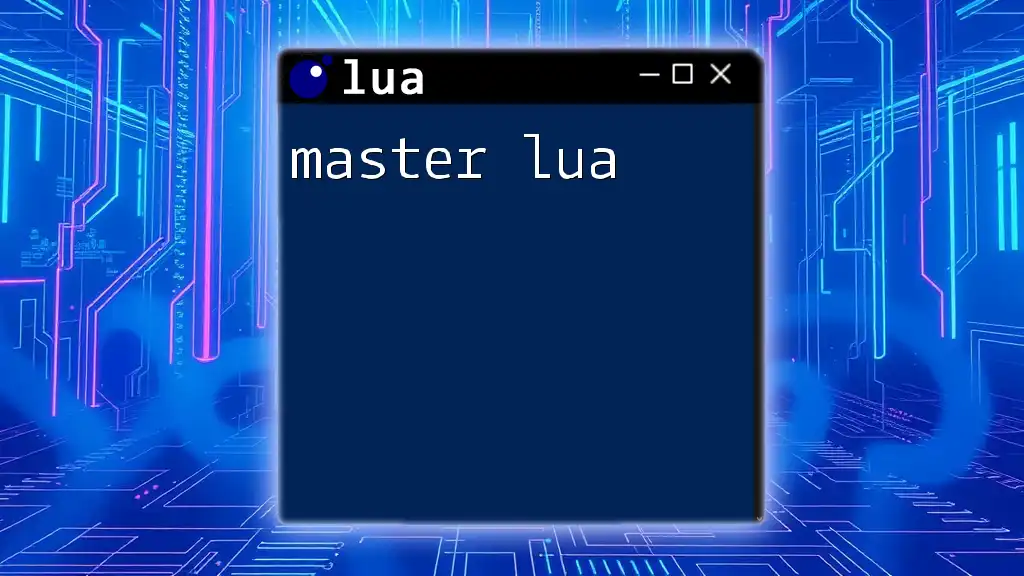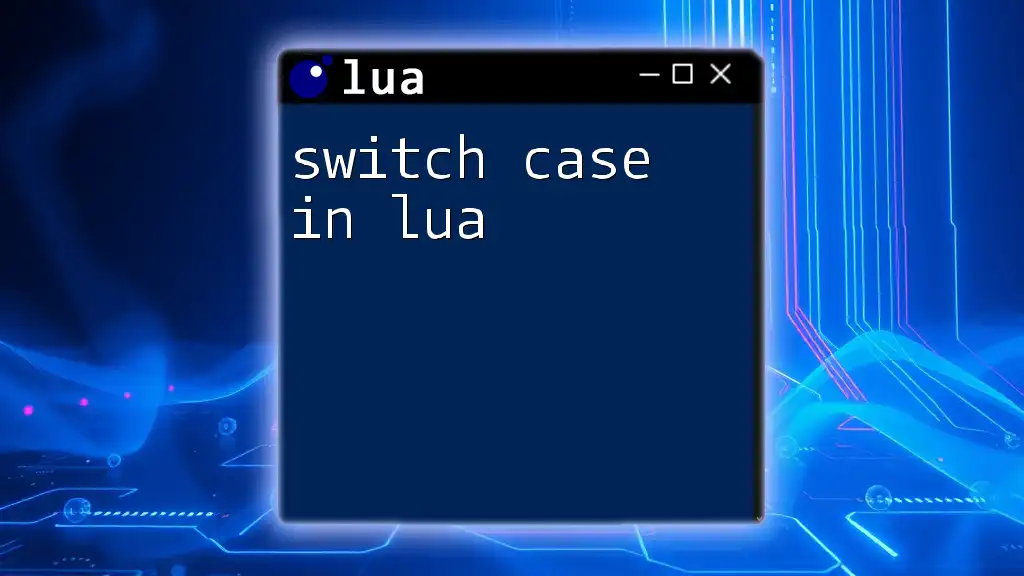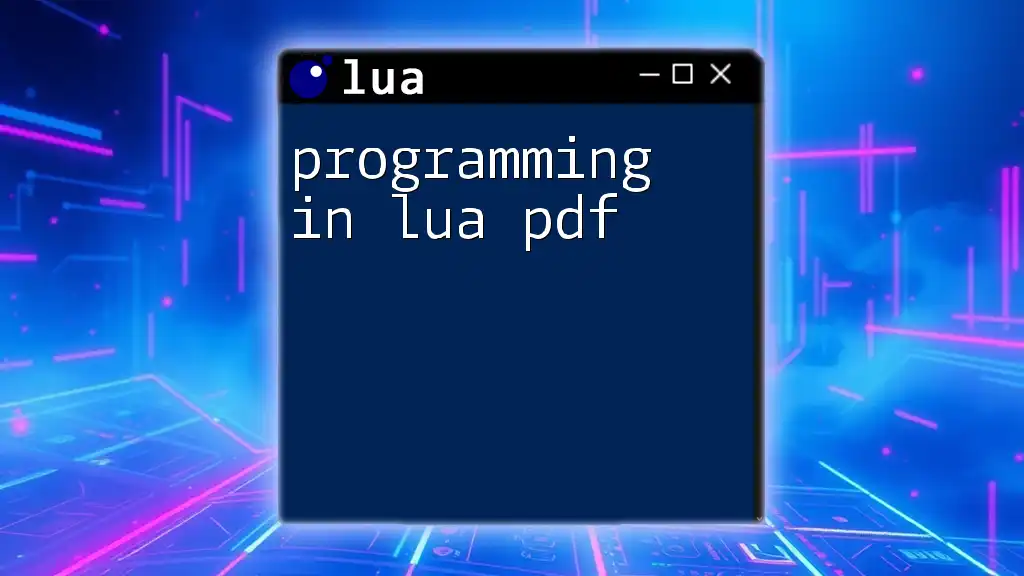In Lua, a list is typically represented as a table, allowing you to store a sequence of values that can be accessed using their index.
Here's a simple example of creating and accessing a list in Lua:
-- Creating a list (table) in Lua
myList = {"apple", "banana", "cherry"}
-- Accessing elements in the list
print(myList[1]) -- Output: apple
print(myList[2]) -- Output: banana
print(myList[3]) -- Output: cherry
Understanding Lists in Lua
Definition of Lists
In Lua, lists are a powerful and flexible data structure. Conceptually, a list is a collection of values stored in an ordered manner, which can be accessed through an index. It's important to understand that lists in Lua are actually implemented using tables, so they combine the advantages of both arrays and dictionaries, making them incredibly versatile.
Characteristics of Lists
One of the key characteristics of lists is dynamic sizing. Unlike arrays in some other programming languages, which have a fixed size, a Lua list can grow and shrink as needed. This allows you to add or remove elements easily.
Lists can also be homogeneous (all elements are of the same type) or heterogeneous (elements can be of different types, including tables and functions). Regardless of the type of data stored, lists maintain an ordered storage of elements, meaning you can rely on the position of an item in the list.

Creating Lists in Lua
Basic Syntax for Creating Lists
Creating a list in Lua is straightforward. You utilize a special constructor called the table constructor, which allows you to define your list easily. Here’s a basic example of how to create a list:
local fruits = {"apple", "banana", "cherry"}
This line of code initializes a list containing three fruits. Elements are separated by commas and enclosed within curly braces `{}`.
Example of a Simple List
Using the previous example, you can access elements in the list using indices. For instance:
print(fruits[1]) -- Output: apple
This demonstrates Lua's 1-based indexing, where the first element is accessed with index `1`.
Creating Lists with Different Data Types
Lists in Lua can hold various data types, including numbers, strings, booleans, and even other tables. Here’s an example of a heterogeneous list:
local mixedList = {1, "text", true, {nested = "table"}}
This list contains an integer, a string, a boolean, and a nested table, showcasing the flexibility offered by Lua lists.
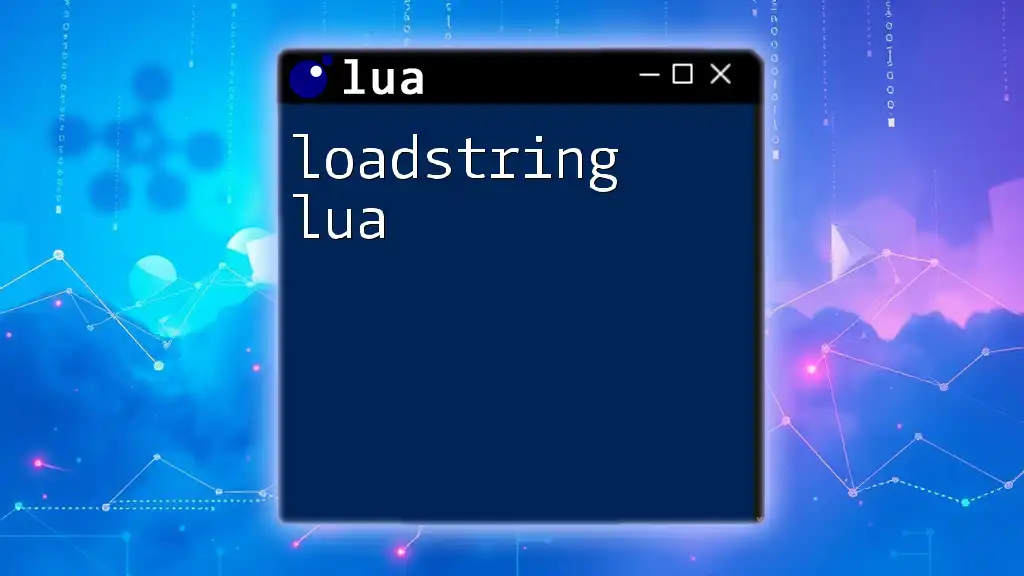
Accessing and Modifying List Elements
Indexing in Lists
As previously mentioned, Lua uses 1-based indexing, which can sometimes confuse programmers coming from 0-based indexing languages. Always remember that to access the first element, you start with index `1`, as shown:
print(fruits[1]) -- Output: apple
Modifying List Elements
Modifying elements in a list is just as simple as accessing them. Here's how you can change an item in your list:
fruits[2] = "orange"
In this code block, the second item in the `fruits` list is updated from `"banana"` to `"orange"`, illustrating how easily elements can be modified.
Adding and Removing Elements
Adding Elements
To add elements to a list, Lua provides the `table.insert` function. Here's how you can append `"grape"` to the list:
table.insert(fruits, "grape")
This function inserts the specified value at the end of the list, dynamically increasing its size.
Removing Elements
You can also remove elements using `table.remove`. Here's an example where we remove the first element from the list:
table.remove(fruits, 1)
This code snippet removes the item at index `1` (which would be `"apple"` after the previous modifications), demonstrating the ability to manage the content of your lists.

Iterating Through Lists
Using Loops for Iteration
Iterating through lists is essential for processing each element. You can use a for loop along with the length operator `#` to achieve this:
for i = 1, #fruits do
print(fruits[i])
end
In this loop, we print each fruit in the list by utilizing the length operator to determine the upper bound of the loop.
Using the `ipairs` Function
For a simpler, more idiomatic way to iterate over lists, consider using the `ipairs` function. This function effectively traverses through the array-like portion of a table:
for index, value in ipairs(fruits) do
print(index, value)
end
This approach not only provides the index of each value but also simplifies the code significantly, encouraging clarity and conciseness.

Useful List Functions
Common List Functions
Lua provides several built-in functions for working with lists that enhance their functionality.
`table.concat`
One commonly used function is `table.concat`, which joins the elements of a list into a single string. Here’s an example:
local fruitString = table.concat(fruits, ", ")
print(fruitString) -- Output: orange, cherry, grape
In this case, we separate the elements of the `fruits` list with a comma and a space, creating a well-formatted output.
`table.sort`
Another essential function is `table.sort`, which sorts the elements in a list in ascending order. Here’s how you can sort your `fruits` list:
table.sort(fruits)
This call will organize the list alphabetically, allowing easy management of data.
Custom Functions for Lists
In addition to built-in functions, you can create custom functions to extend list functionalities. For example, consider a function that reverses a list:
function reverseList(list)
local reversed = {}
for i = #list, 1, -1 do
table.insert(reversed, list[i])
end
return reversed
end
This function creates a new list in reverse order by iterating from the end of the original list to the beginning. Such custom functions exemplify the flexibility of Lua's table structure.
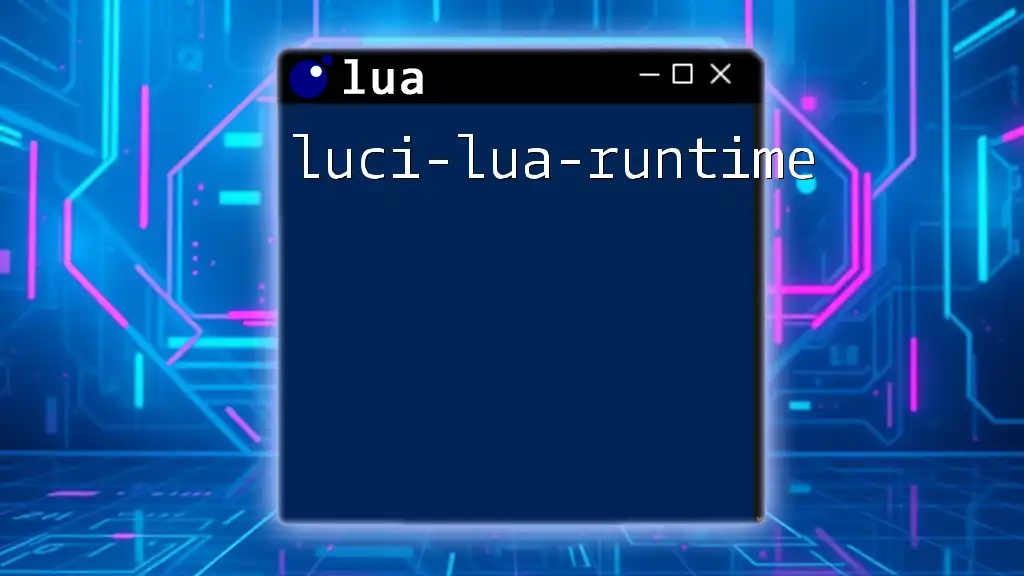
Error Handling with Lists
Common Issues and Debugging
Working with lists can lead to specific issues, particularly when it comes to indexing. A common error occurs when you try to access an index that doesn't exist, which can lead to runtime errors. To avoid this, always ensure your indices are within the bounds of the list, using the length operator `#` for safeguards.
Best practices for debugging lists include using print statements to validate the current state of your list before performing operations like access, insert, or remove.
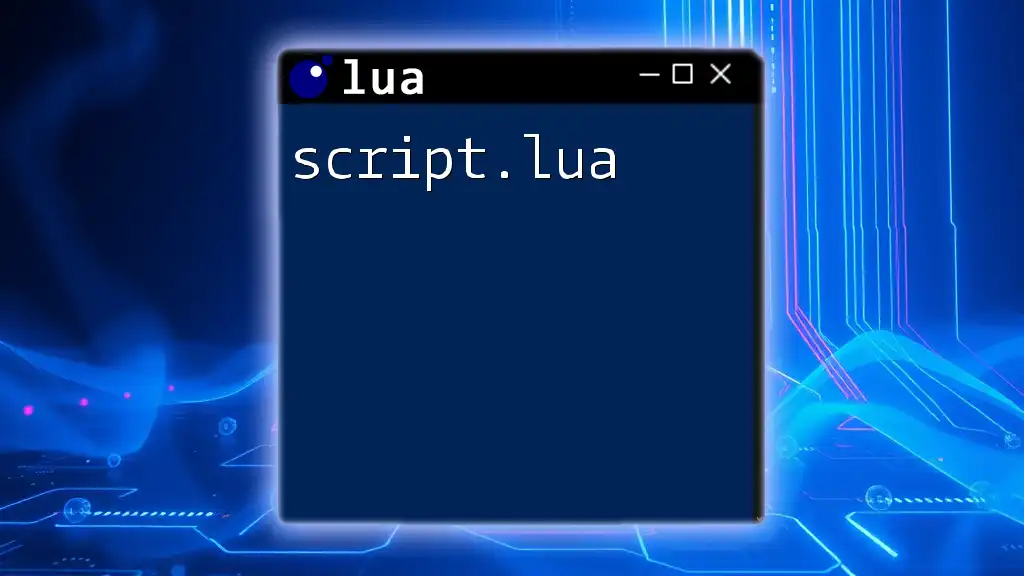
Conclusion
Understanding how to work with lists in Lua is foundational for your programming journey. As you explore the capabilities of lists, remember that their versatility is key to managing collections of data efficiently. The more you practice, the more concepts you'll master.

Additional Resources
For those looking to deepen their knowledge, consider exploring recommended books on Lua and engaging with online communities. The official Lua documentation is an invaluable resource for further learning, providing insights into advanced features and functionalities.

Final Notes
We invite you to share your thoughts and suggestions with us! If you're interested in learning more or seeking guidance on Lua programming, don’t hesitate to reach out. Your feedback is essential for us to provide quality educational content.









